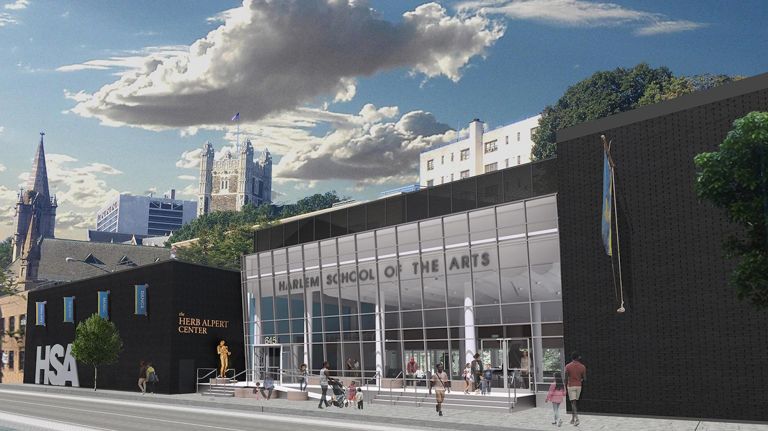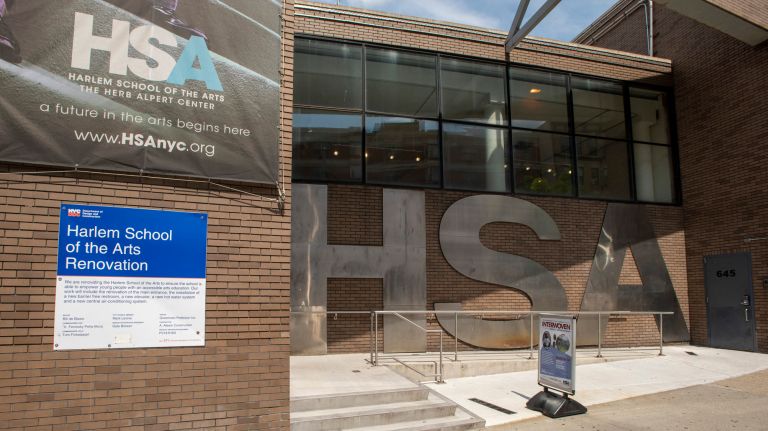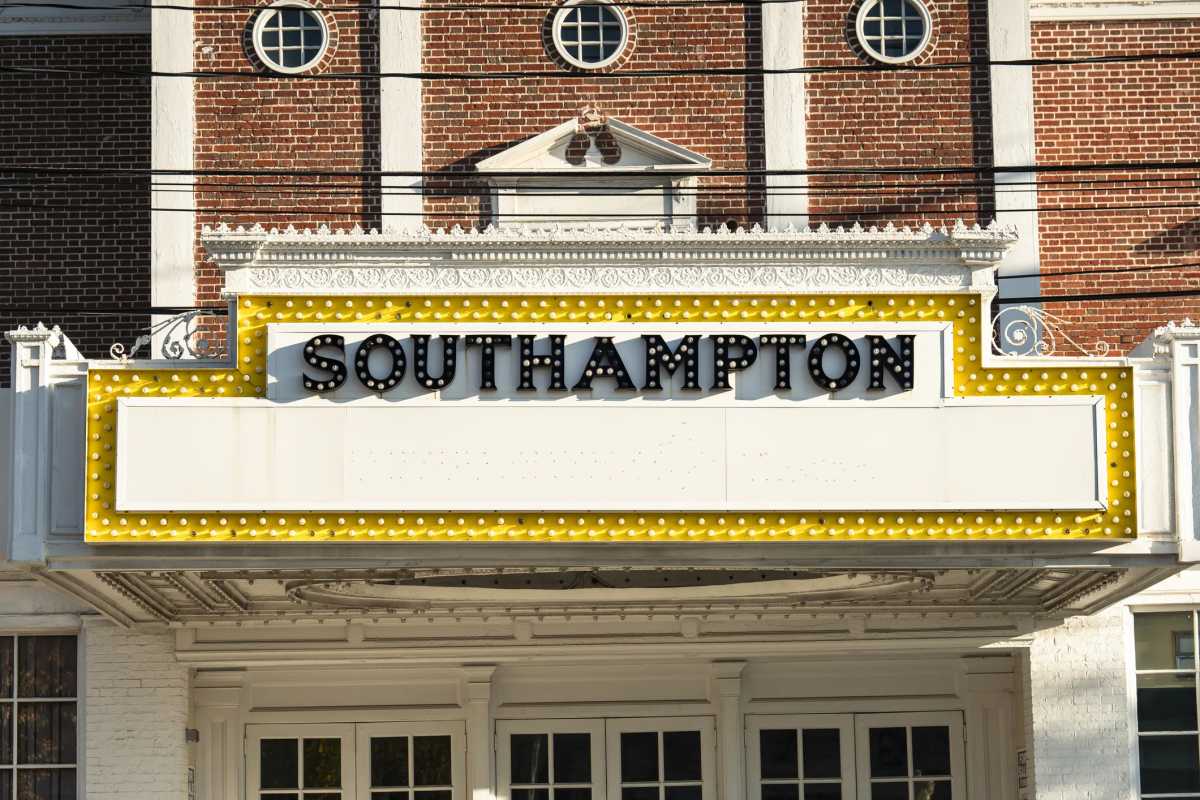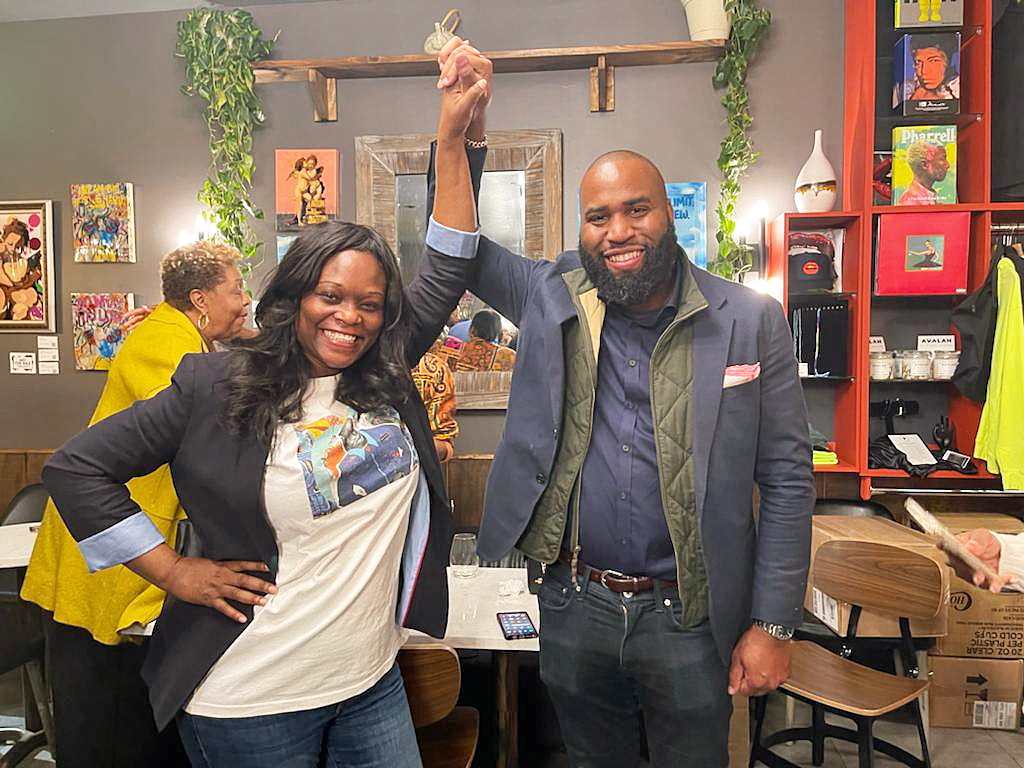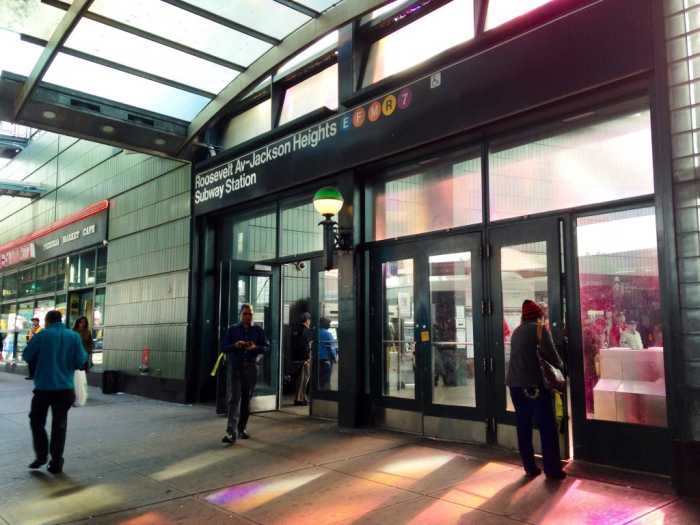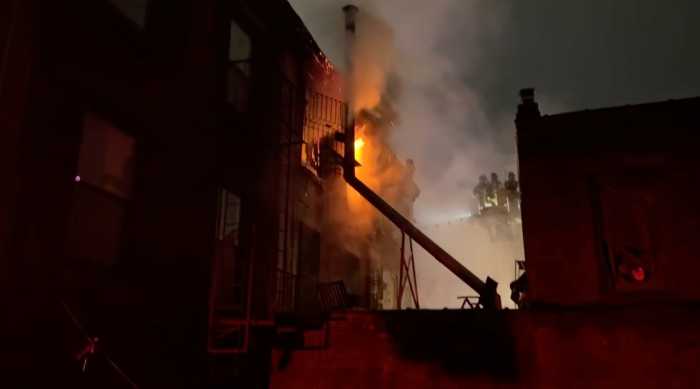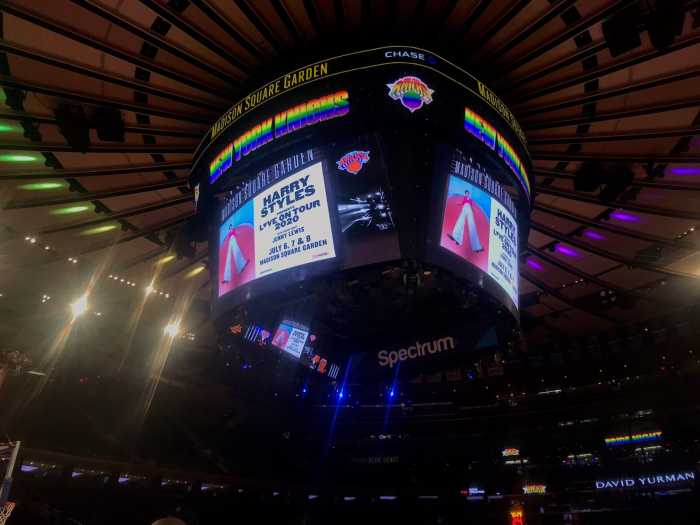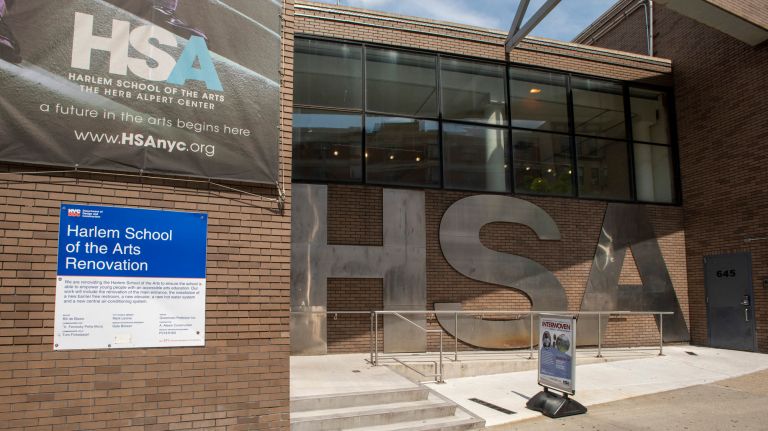
There is a vibrant art scene at the Harlem School of the Arts, but because it is set behind an austere brick facade, many walking by wouldn’t know.
That’s going to change when the massive building undergoes a $9.5 million renovation later this year, which will open the St. Nicholas Avenue facility to passersby with a floor-to-ceiling window on the street and a newly retrofitted gallery space/performance room with cutting-edge acoustics.
HSA, which has studio, recital and performance space across 37,000 square feet, has been serving Harlem’s children for 55 years with after-school arts programs in music, dance, theater, art and design.
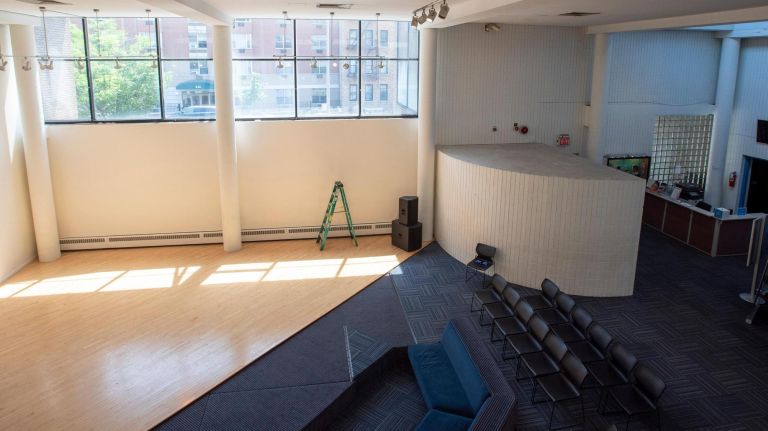
‘In her own power’
The school was the passion project of Harlem resident Dorothy Maynor, according to the school’s president, Eric Pryor.
“I find it hard to believe that if a man built this that his name would not have been in the annals of Harlem or American history,” he said.
Maynor was an international concert soprano who was the first African-American to sing at a presidential inauguration and the first to be on the New York Metropolitan Opera’s board of directors, according to blackpast.org.
As her career began slowing down, she used her platform to give underserved Harlem children an opportunity to learn about the arts and explore their creativity, according to HSA. She started the school in 1964 with 20 students in the basement of the St. James Presbyterian Church, which sits adjacent to the current school.
Maynor, as a Met Opera board member and respected artist, raised the funds to build a permanent home for HSA and in the 1970s, modernist architect Ulrich Franzen built the facility with a “brutalist” facade.
“In her own power, she had that building built,” a representative said. “She built it to protect the students inside because of the condition of the neighborhood. It was a brutalist style but an award-winning design. It feels like a fortress, but when you walk through the doors, there’s an amazing open space where you can see the other side, which is a backyard garden with a designed waterfall that we use during events held outside.”
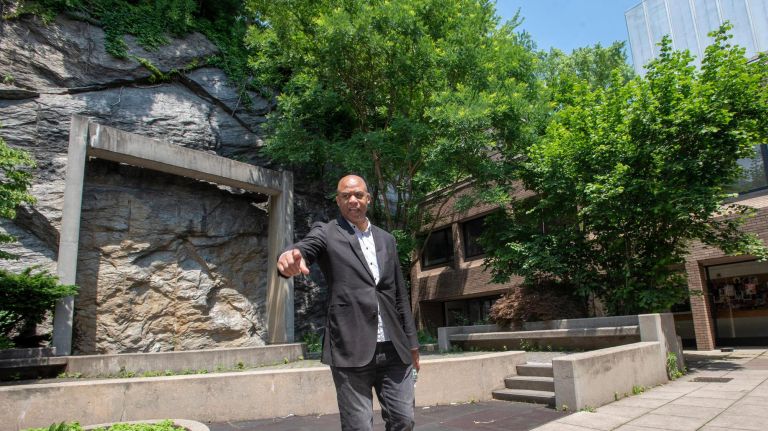
Pryor believes Maynor’s ability to create the arts haven was an incredible feat, given the circumstances.
“For them to do that in 1970s Harlem, which was heroin … dilapidated … and when gentrification was not even an inkling of a thought in anybody’s mind … it was very different for her to have this vision of creating the elegance that exists inside of there,” he said. “She was not deterred by what was happening around her. She knew where this was going.”
Harlem Renaissance 2.0
Now roughly 3,000 children from ages 2 to 18 are involved at HSA each year, directing their own theater productions, putting on ballet recitals, creating music, fashioning clothing … it goes on.
“The DNA of who we are comes out of the vision of the four artistic directors,” Pryor said. “It’s a strong team and all of them critical.”
But with so many years under its belt, the building is in need of some major upgrades if it wants to see another 55 years, Pryor said. Construction begins in August and will finish up within a year.
Aside from replacing the brick facade with clear glass, which will allow the public to see in and through to its courtyard, HSA will get a new roof, replace buckling bricks on its exterior, get new electrical and new windows, better acoustics and more.
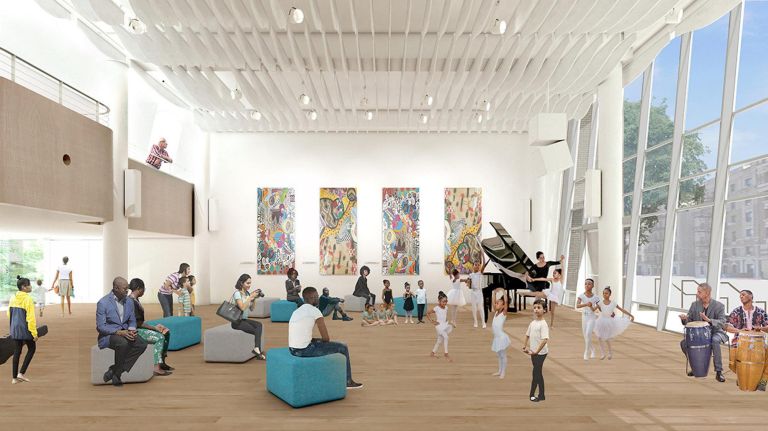
“These things are as important if not more important [than the aesthetics],” Pryor said about the maintenance work.
All of it is possible because of jazz musician and artist Herb Alpert and his wife, Grammy Award-winning singer Lani Hall Alpert. The duo is funding the entire $9.5 million project through the Herb Alpert Foundation.
“As artists, we know how important it is for children to have opportunities that allow them to immerse themselves in music, art, dance and theater,” Herb Alpert said in a statement. “Throughout the past eight years, Lani and I have stayed very involved, and with great pride, watched HSA grow stronger, expand its programs and once again become a pillar for art and culture within this growing population it serves.”
The Alperts were also behind funding and reopening HSA when it had to shutter for three weeks in 2010 because it was in major debt.
And now, as it embarks on its new chapter, which its officials have dubbed “The Renaissance Project,” what’s next for the school is up for debate.
HSA already partners with other arts organizations like Jazz at Lincoln Center and Harlem Opera Theater and host art exhibitions, concerts and plays, but since the building is mostly empty during weekdays before schools let out, it’s possible HSA will open its doors to adults for art workshops, talks, dance classes and more.
However, HSA is also considering offering a partnership that would allow it to provide arts education to hundreds of more students from a private school and a new charter school that are coming to the block in the near future.
But no matter what Pryor and his team choose, Maynor’s original vision serves as a guide for all involved.
“It’s a place that has art experiences for all generations,” he said. “Redoing this building really begins to shift it for us — to look like an art center and less of a K through 12 school. It’s important to look the part.”
